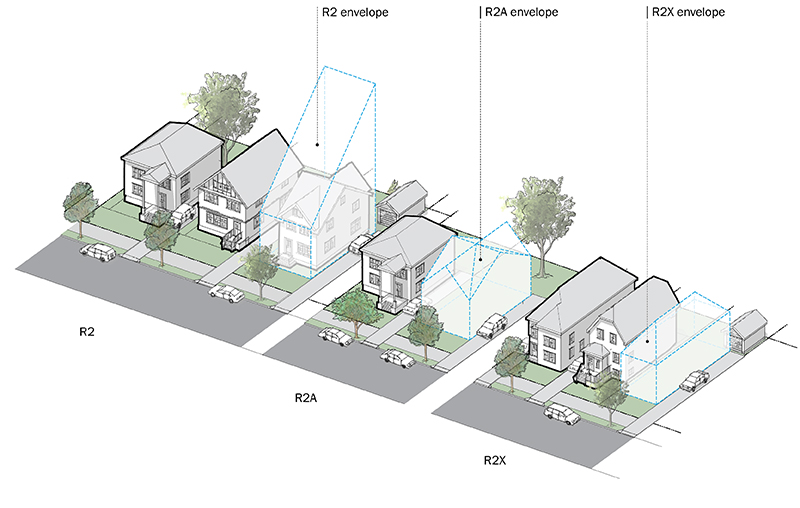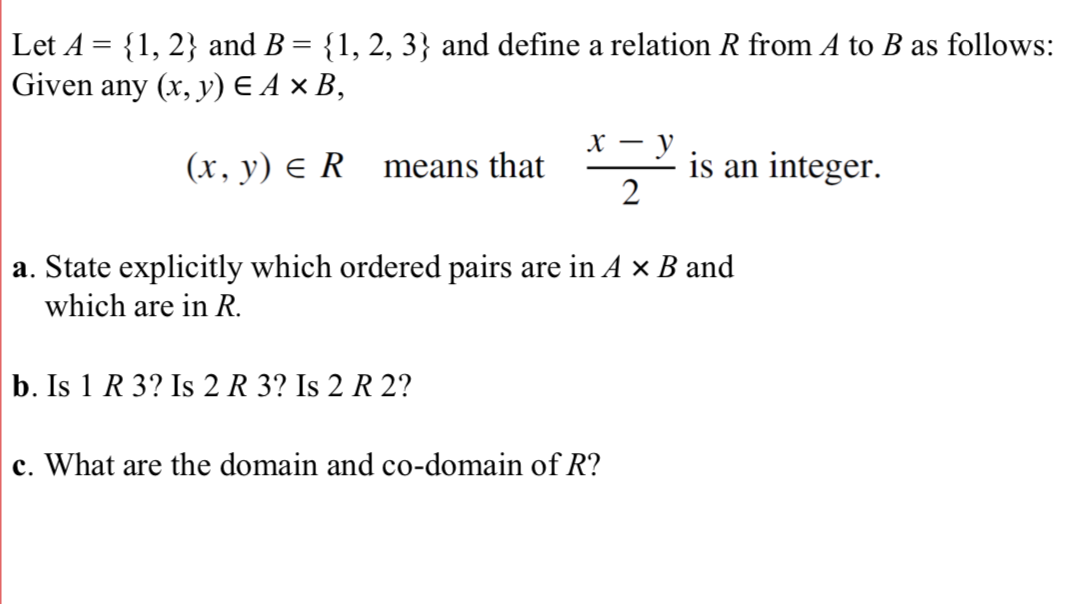ElWx_oe7gkHeBFbiV1qJuDqVeaeYMl777CWL5Bz0Pei4OHZAc_o8sqBYDsLQtR1s2I3axrvz=s900ckc0x00ffffffnorj
Calculus Evaluate the Integral integral of 1/ (r^2) with respect to r ∫ 1 r2 dr ∫ 1 r 2 d r Apply basic rules of exponents. Tap for more steps. ∫ r−2dr ∫ r - 2 d r By the Power Rule, the integral of r−2 r - 2 with respect to r r is −r−1 - r - 1. −r−1 +C - r - 1 + C Rewrite −r−1 +C - r - 1 + C as −1 r +C - 1 r + C. −1 r +C - 1 r + C

1_r_2
Gravitation Gravitation is the attraction between objects that have mass. Newton's law states: The gravitational attraction force between two point masses is directly proportional to the product of their masses and inversely proportional to the square of their separation distance.

R(2) YouTube
Compute answers using Wolfram's breakthrough technology & knowledgebase, relied on by millions of students & professionals. For math, science, nutrition, history.

Solved Find R_D, R_1, and R_2 Given IDQ = 0.5 mA
The " coefficient of determination " or " R-squared value ," denoted R 2, is the regression sum of squares divided by the total sum of squares. Alternatively (as demonstrated in the video below), since SSTO = SSR + SSE, the quantity R 2 also equals one minus the ratio of the error sum of squares to the total sum of squares:

Pin on Math Videos
Massless photon case: Now, the 1 / r potential gives rise to a force that goes as 1 / r 2. This force decreases as the area of the sphere of radius r, indicating that the force 1 / r 2 is a purely geometrical fact of 3 spatial dimensions: intuitively, we emit N photons from a point and the force decreases with the surface density of the photons.

R...(2) YouTube
The R2 quantifies the degree of any linear correlation between Yobs and Ypred, while for the goodness-of-fit evaluation only one specific linear correlation should be taken into consideration: Yobs = 1· Ypred + 0 (i.e., the 1:1 line). [8] [9] Definitions

Zoning; know the difference between R1 and R2D2? Daily Index
Components Coefficient a The first nine terms of geometric series 1 + r + r2 + r3. drawn as functions (colored in the order red, green, blue, red, green, blue,.) within the range | r | < 1. The closed form geometric series 1 / (1 - r) is the black dashed line. The geometric series a + ar + ar2 + ar3 +. is written in expanded form. [1]
vzaIEyJYmE1t3xmF_WSIx2EBSJq3myCUCKxEwO_mFWyuSoHjhon4dzIfrCCfuANSaibJ99PA=s900ckc0x00ffffff
In the real world, the inverse square law (squared distance law) I ~ 1/ r2 is always an idealization because it assumes exactly equal sound intensity or acoustic intensity I as sound energy propagation in all directions. If there are reflective surfaces in the sound field,

Plot a graph showing the variation of electric field as a function of r>R and r
Published on April 22, 2022 by Shaun Turney . Revised on June 22, 2023. The coefficient of determination is a number between 0 and 1 that measures how well a statistical model predicts an outcome. The coefficient of determination is often written as R2, which is pronounced as "r squared."

In the given circuit , `R_1 != R_2` and the reading of the voltmeter is the same, irrespective
The coefficient of determination or R squared method is the proportion of the variance in the dependent variable that is predicted from the independent variable. It indicates the level of variation in the given data set. The coefficient of determination is the square of the correlation (r), thus it ranges from 0 to 1.

A student carries out an experiment and plots the `VI` graphs of three samples of nichrome wire
Here are some basic characteristics of the measure: Since r 2 is a proportion, it is always a number between 0 and 1.; If r 2 = 1, all of the data points fall perfectly on the regression line. The predictor x accounts for all of the variation in y!; If r 2 = 0, the estimated regression line is perfectly horizontal. The predictor x accounts for none of the variation in y!

Solved Consider the equation 4 and figure 1, if R_1 = R_2/2,
Divergence of a radial 1 / r 2 vector field Ask Question Asked 9 years, 3 months ago Modified 6 years, 1 month ago Viewed 5k times 2 How to obtain the divergence of the function F(r, φ, θ) = ˆr / r2 where ˆr is the unit vector in radial direction? Is there a solution without computing the surface integral for definition of divergence?

Simplify n!r! ( n r 1 )! + n! ( r 1 )! ( n r )!
(y1-y_bar)^2 + (y2-y_bar)^2 + (y3-y_bar)^2 = (1-2)^2 + (2-2)^2 + (3-2)^2 = 2. this is going to be a very small fraction over here. 1 minus a very small fraction is going to be a number close to 1. So then, our R-squared will be close to 1, which tells us that a lot of the variation in y is described by the variation in x. Which makes sense.

Two ideal batteries of `emf V_(1) and V_(2)` and three resistance `R_(1)R_(2) and R_(3)` are
Popular Problems Algebra Factor r^2+2r+1 r2 + 2r + 1 r 2 + 2 r + 1 Rewrite 1 1 as 12 1 2. r2 + 2r+12 r 2 + 2 r + 1 2 Check that the middle term is two times the product of the numbers being squared in the first term and third term. 2r = 2⋅r ⋅1 2 r = 2 ⋅ r ⋅ 1 Rewrite the polynomial. r2 + 2⋅r⋅1+12 r 2 + 2 ⋅ r ⋅ 1 + 1 2

Answered Let A 1, 2} and B = {1, 2, 3} and… bartleby
The distance square in the Newton's law of universal gravitation is really a square? (7 answers) Closed 9 years ago. Is there something intrinsic about the structure of space that gravity is proportional to 1/r^2 instead of, for example, 1/r^2.143 ? What makes the exponent turn out to be a nice even number? newtonian-gravity Share Cite

Question What is does the (R) in this photo mean? chemistry
Free integral calculator - solve indefinite, definite and multiple integrals with all the steps. Type in any integral to get the solution, steps and graph